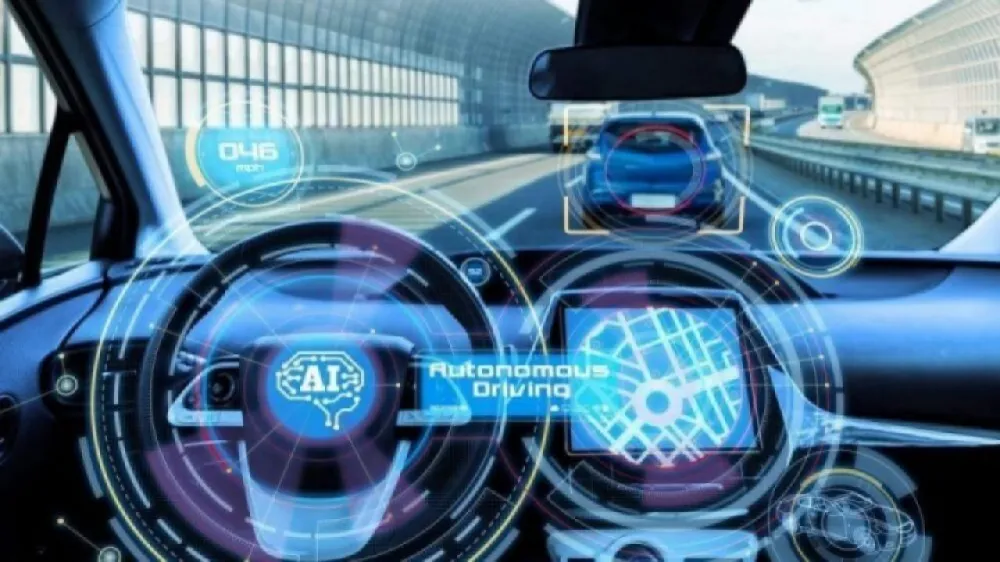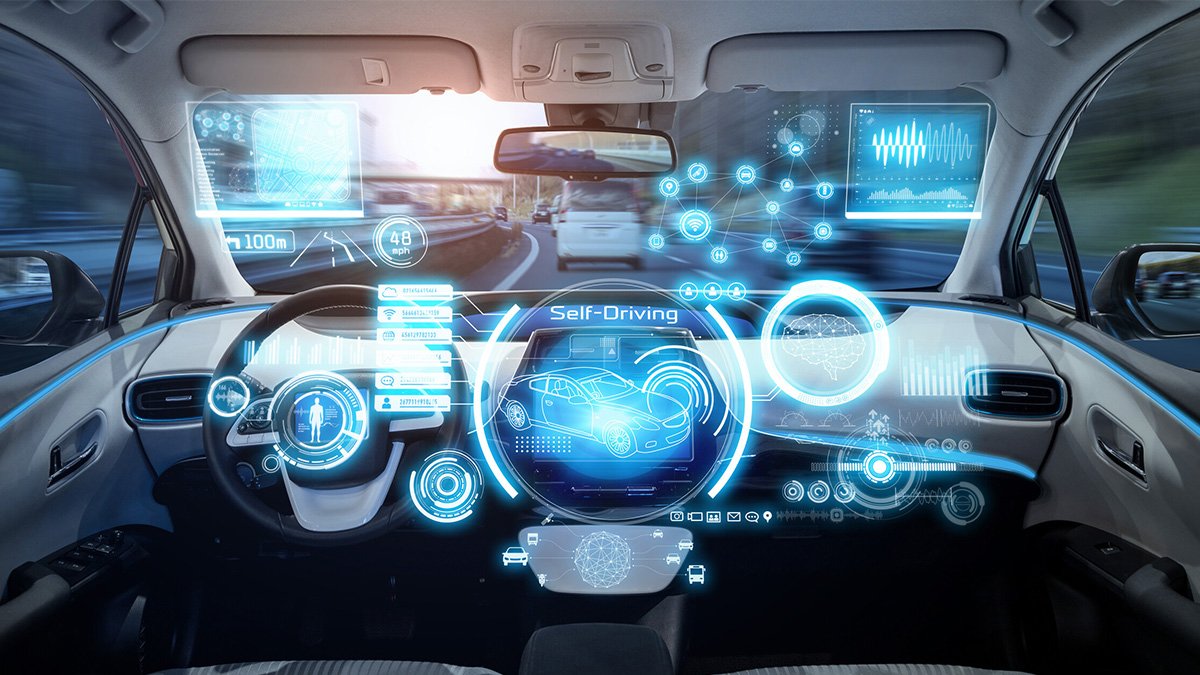Artificial Intelligence (AI) is a cornerstone of autonomous vehicle technology, driving advancements that promise to revolutionize transportation. Autonomous vehicles, or self-driving cars, rely on AI to navigate, make decisions, and interact with their environment. This article explores the crucial role AI plays in the development and operation of autonomous vehicles.

AI-Powered Perception Systems
AI enables autonomous vehicles to perceive and understand their surroundings through advanced perception systems. These systems use a combination of sensors, cameras, and radar to collect data about the vehicle’s environment. AI algorithms then process this data to identify objects, such as pedestrians, other vehicles, traffic signs, and road conditions.
For example, computer vision algorithms analyze images from cameras to detect and classify objects, while radar and lidar provide distance measurements and object detection. This comprehensive perception allows autonomous vehicles to build a detailed and accurate representation of their environment.
Decision-Making and Path Planning
AI algorithms are responsible for decision-making and path planning in autonomous vehicles. Once the vehicle perceives its environment, AI systems analyze the data to determine the best course of action. This involves making real-time decisions about acceleration, braking, and steering.
Path planning algorithms calculate the optimal route for the vehicle, taking into account factors like traffic conditions, road layout, and obstacles. AI systems continuously adjust the vehicle’s path to ensure safe and efficient navigation, adapting to changes in the environment and responding to unexpected situations.
Machine Learning and Adaptability
Machine Learning (ML) plays a significant role in enhancing the capabilities of autonomous vehicles. ML algorithms enable vehicles to learn from vast amounts of data and improve their performance over time. These algorithms analyze driving patterns, road conditions, and user behavior to refine the vehicle’s decision-making processes.
For example, ML models are trained on extensive driving datasets to recognize complex driving scenarios and handle various road situations. This adaptability allows autonomous vehicles to improve their accuracy and reliability as they gain more experience and encounter diverse driving conditions.
Safety and Redundancy Systems
AI enhances the safety of autonomous vehicles through robust safety and redundancy systems. Autonomous vehicles are equipped with multiple sensors and backup systems to ensure continuous operation even if one component fails. AI algorithms monitor these systems and detect any anomalies or malfunctions.
Redundancy measures, such as backup sensors and fail-safe mechanisms, help prevent accidents and ensure that the vehicle can safely navigate even in the event of component failures. AI systems also perform real-time diagnostics to maintain vehicle safety and performance.
Human-Machine Interaction
AI facilitates human-machine interaction in autonomous vehicles, allowing passengers to communicate with the vehicle and control various features. Voice recognition systems enable passengers to issue commands, ask questions, or provide instructions to the vehicle.
Additionally, AI systems provide feedback and information to passengers about the vehicle’s status, route, and estimated arrival times. This interaction enhances the overall user experience and ensures that passengers are informed and comfortable during their journey.
Challenges and Ethical Considerations
The integration of AI in autonomous vehicles presents several challenges and ethical considerations. Ensuring the reliability and safety of AI systems is crucial, as any failures or errors could have serious consequences. Rigorous testing and validation are required to address these concerns.
Ethical issues also arise in situations where autonomous vehicles must make decisions that affect human lives. Determining how AI systems should prioritize safety and make ethical choices is a critical area of research and debate.
Future Developments
The role of AI in autonomous vehicles will continue to evolve as technology advances. Future developments may include improvements in AI algorithms, enhanced sensor capabilities, and more sophisticated decision-making processes. These advancements will further enhance the safety, efficiency, and convenience of autonomous vehicles.
Conclusion
AI is central to the operation and development of autonomous vehicles, driving advancements in perception, decision-making, and adaptability. While challenges and ethical considerations remain, AI’s role in shaping the future of transportation is profound. As technology progresses, autonomous vehicles are poised to transform how we travel, offering safer and more efficient transportation solutions.
